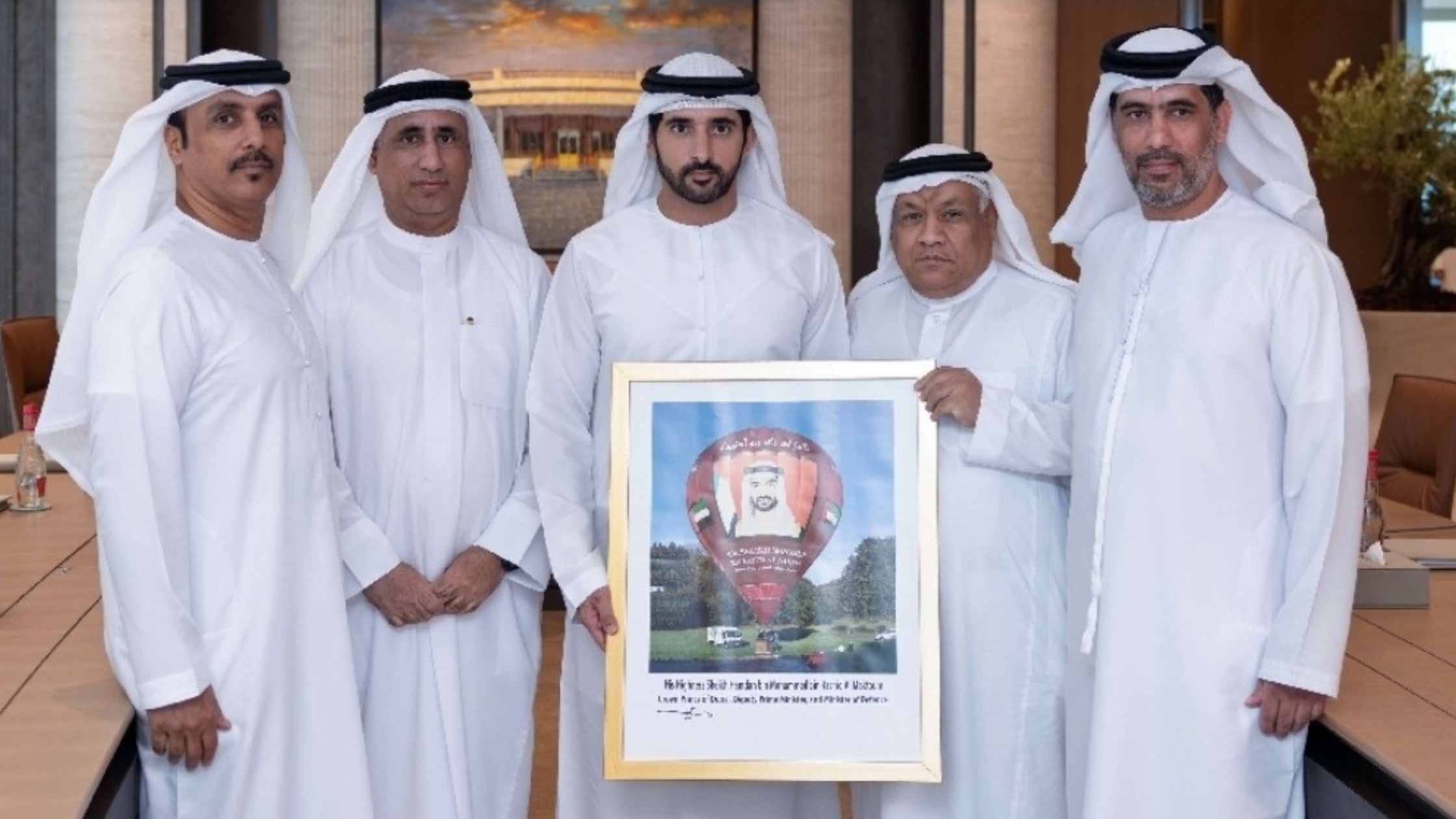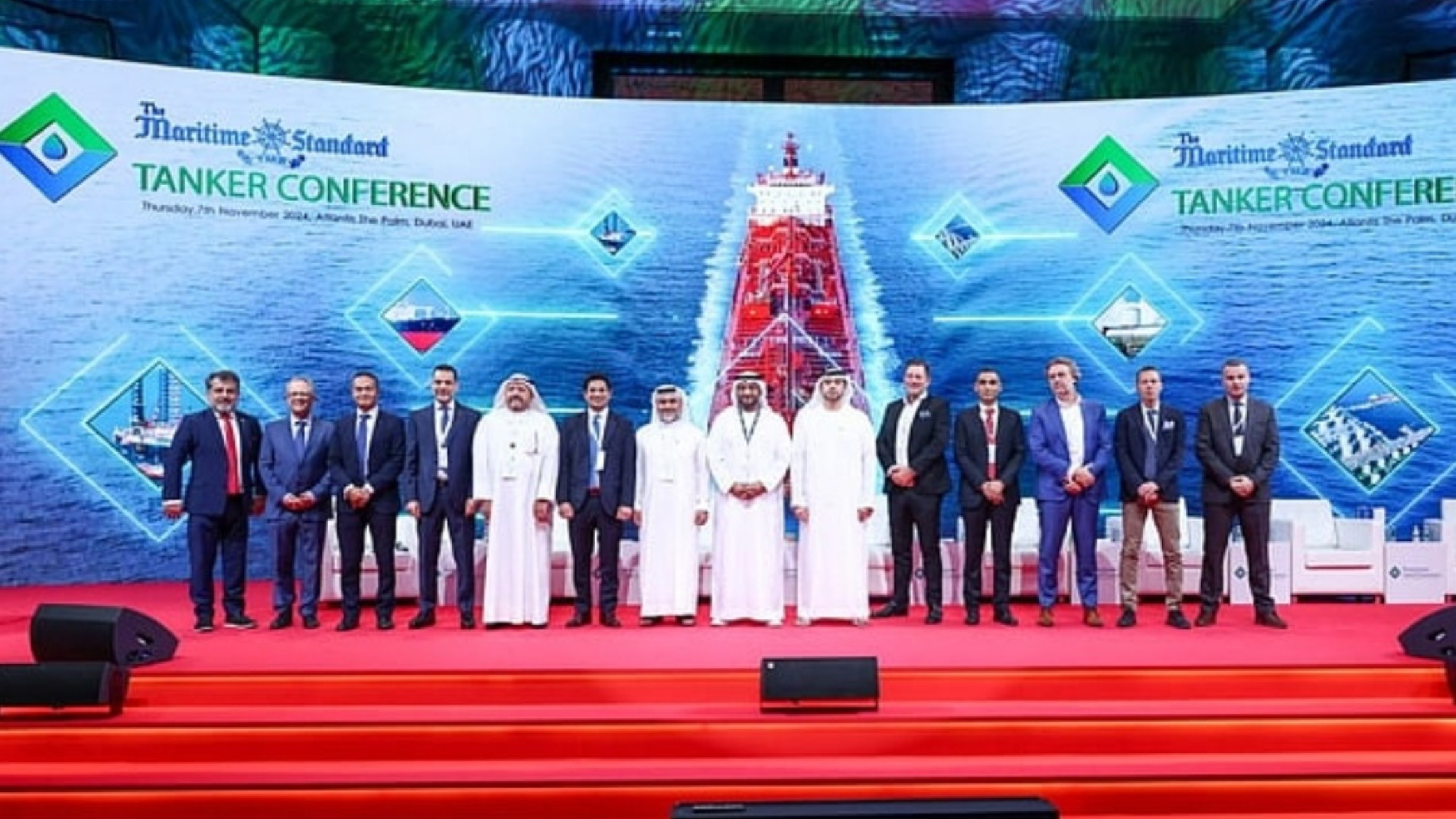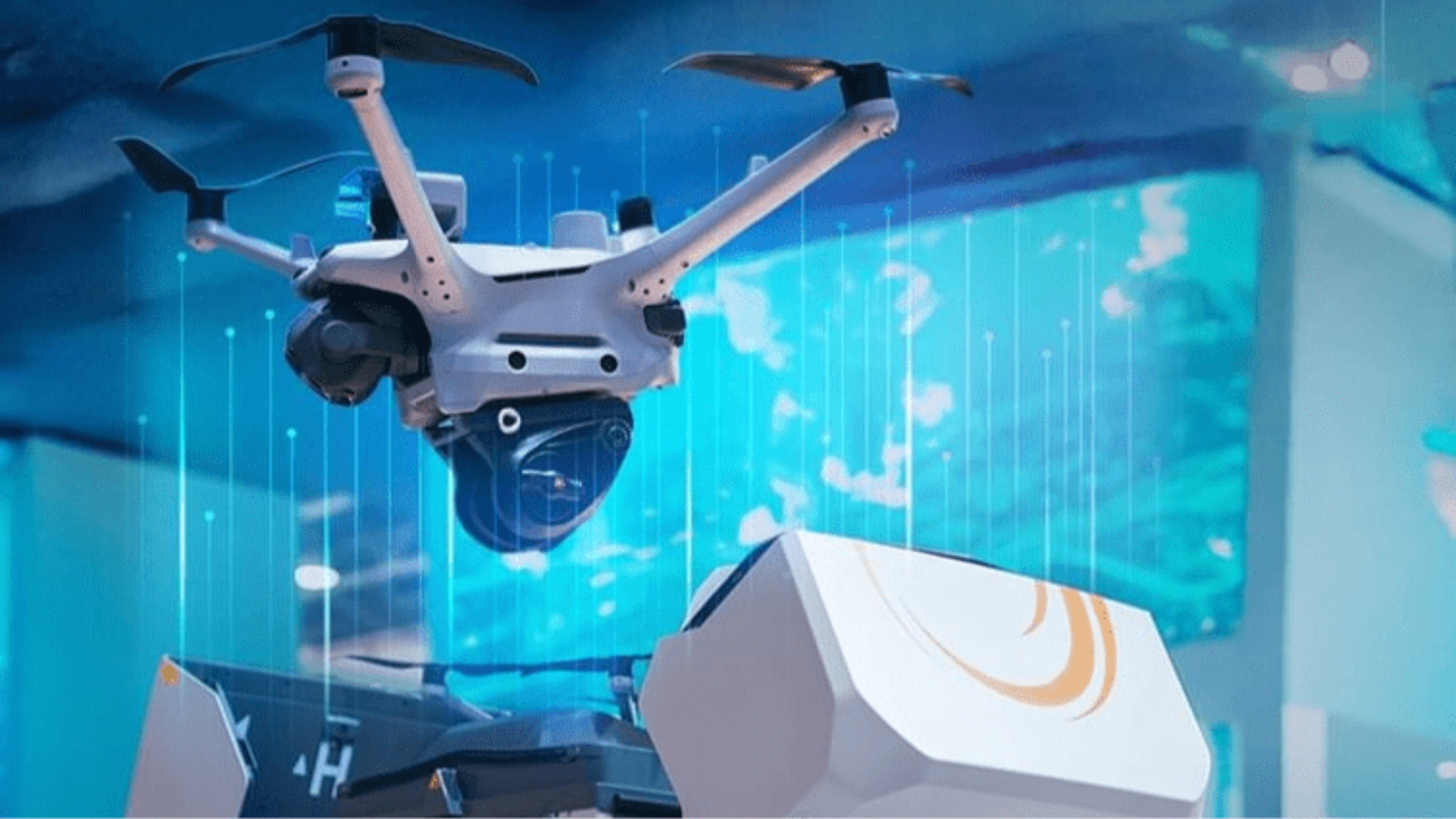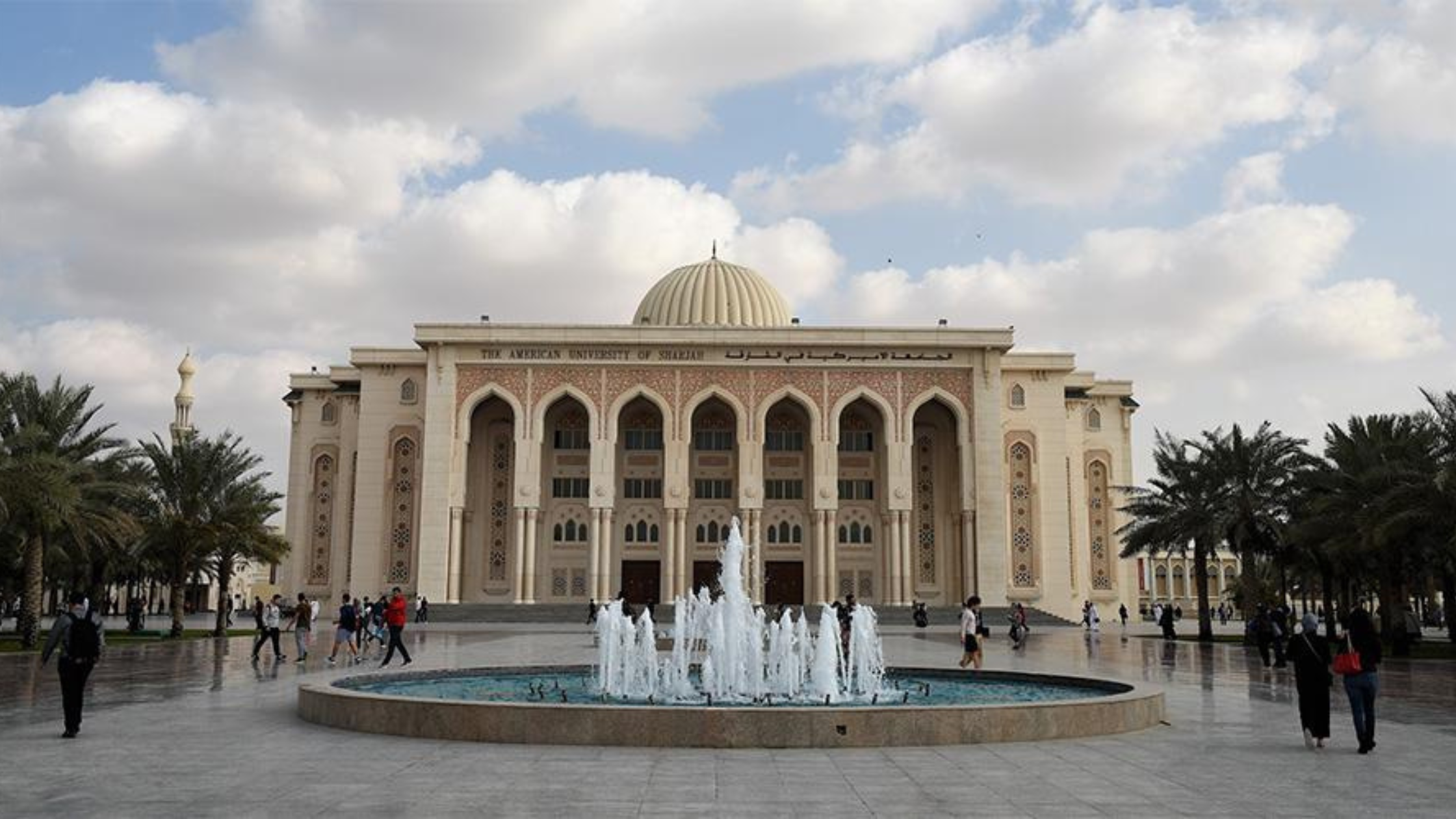Dubai Metro Blue Line Launched with World’s Tallest Station

In a momentous ceremony underscoring Dubai’s commitment to world-class infrastructure, His Highness Sheikh Mohammed Bin Rashid Al Maktoum, Vice President and Prime Minister of the UAE and Ruler of Dubai, laid the foundation stone for the Blue Line of the Dubai Metro. The event marked the beginning of a groundbreaking project valued at AED 56 billion, one of the most ambitious additions to the city’s transit network since the metro’s original launch in 2009.
The Blue Line aims to significantly enhance urban mobility across key areas of Dubai. Spanning 30 kilometers and including 14 stations, the new metro route will connect nine major districts, projected to accommodate over one million residents. The line will not only address current transit needs but also align with the goals of the Dubai 2040 Urban Master Plan, which seeks to transform the emirate into one of the world’s most sustainable and livable cities.
During the ceremony, Sheikh Mohammed also revealed architectural plans for the world’s tallest metro station, set to be part of the new Blue Line. He emphasized that this metro expansion will redefine the concept of urban mobility and serve as a cornerstone for future development.
The AED 56 Billion Investment in Future Transport
With a budget of AED 56 billion, the Blue Line is a transformative step in Dubai’s ongoing journey to offer world-class infrastructure. The metro expansion reflects a city-wide vision to reduce dependency on private vehicles while encouraging mass public transport as a sustainable and efficient alternative.
The investment covers all aspects of the metro development, including station design, track installation, safety systems, and integration with other public transport modes. The Blue Line is expected to facilitate seamless movement between rapidly growing districts, promoting economic activity and improving the quality of life for residents and visitors alike.
This strategic move reinforces Dubai’s ambition to become one of the world’s most advanced smart cities. It also supports the emirate’s goal of achieving a higher percentage of daily commuters using public transport by 2040.
Emaar Station: A Global Icon of Transit Architecture
Among the 14 stations planned for the Blue Line, the most iconic is undoubtedly the Emaar Station. This engineering marvel will become the tallest metro station in the world, standing at a height of 74 meters. The station’s design is inspired by the concept of a “gateway,” symbolizing Dubai’s role as an entry point to innovation, culture, and connectivity.
Covering an expansive area of approximately 11,000 square meters, the Emaar Station is expected to handle up to 160,000 passengers per day. It will feature a unique architectural aesthetic that blends functionality with futurism. Inside, travelers can expect spacious concourses, smart ticketing services, digital navigation systems, and premium waiting areas.
The Emaar Station will serve as more than a transit hub. It will be a destination in itself, housing retail spaces, dining outlets, and community facilities, while also incorporating sustainable building practices and renewable energy sources.
A Key Component of the Dubai 2040 Urban Master Plan
The development of the Blue Line is closely tied to the objectives of the Dubai 2040 Urban Master Plan. This long-term roadmap envisions a city built around the principles of sustainability, inclusivity, and high quality of life.
One of the plan’s central goals is to ensure that 80 percent of Dubai’s residents live within 800 meters of public transport access points. The Blue Line directly contributes to this vision by offering efficient rail connectivity through key residential and business hubs. It also supports the city’s broader environmental goals by aiming to reduce carbon emissions and alleviate traffic congestion.
Dubai’s leadership sees the Blue Line as a critical lever in achieving the plan’s ambition to make Dubai the best city to live in globally. The line will act as a catalyst for urban renewal in underserved areas, spur real estate development, and facilitate community engagement around transit zones.
Enhancing Capacity and Metro Coverage Across Dubai
Since its inauguration in 2009, the Dubai Metro has become an integral part of the city’s infrastructure. With more than 2.5 billion riders having used the system to date, the metro’s existing Red and Green lines have consistently offered reliable and punctual service to millions of residents and tourists.
The addition of the Blue Line will increase the total length of the metro network to 131 kilometers and expand the number of operational stations to 78. This makes Dubai one of the few cities globally to have a fully automated, driverless metro network on such a scale.
The Blue Line will connect existing metro lines, major bus terminals, and important urban centers, enhancing network cohesion and providing last-mile connectivity through feeder services such as trams, buses, and bike-share systems. This increased intermodal access is expected to streamline daily commutes and encourage a modal shift from private vehicles to mass transit.
Technological Integration and Smart Transit Features
The Blue Line project is not only notable for its size and scale but also for its embrace of cutting-edge technologies. From automated ticketing and real-time journey planning to AI-powered crowd management and smart energy monitoring, every aspect of the new line is designed to offer an intelligent commuting experience.
Digital screens will provide live updates on train schedules and estimated travel times. Passengers will be able to use mobile apps to plan routes, book tickets, and receive alerts on delays or service changes. Contactless payments and biometric identification systems will further simplify access and enhance passenger flow.
Security and operational monitoring will be handled via a central command center equipped with artificial intelligence tools to detect unusual patterns, optimize schedules, and improve response times in emergencies. These systems will also support energy optimization across stations and trains, contributing to sustainability objectives.
Impact on Economy, Environment, and Daily Life
The Blue Line is expected to have a wide-reaching impact on Dubai’s socio-economic landscape. On an economic level, the project will generate thousands of jobs across multiple sectors, including construction, engineering, design, and operations. It will also drive increased investment in commercial and residential developments along the metro corridor.
Environmentally, the shift toward mass transit will help reduce greenhouse gas emissions and lower energy consumption per capita. This aligns with Dubai’s Clean Energy Strategy 2050 and other sustainability commitments aimed at minimizing environmental footprints while maximizing liveability.
From a social perspective, the Blue Line will dramatically improve mobility for communities currently underserved by mass transit. Residents will enjoy better access to employment, education, healthcare, and recreational facilities. The line’s inclusive design ensures accessibility for people with disabilities, senior citizens, and families with children.
Metro Infrastructure as a Cultural and Civic Landmark
Beyond its transport utility, the Blue Line is also being positioned as a cultural asset. The design of each station draws inspiration from local heritage, natural landscapes, and Dubai’s futuristic urban skyline. Public art installations, green walls, and open plaza spaces will enrich the commuter experience and integrate the stations into the urban fabric.
These stations will serve as public spaces that promote civic interaction, hosting exhibitions, pop-up markets, and community events. The architecture is not just about moving people but also about celebrating the city’s identity and fostering human connection in shared spaces.
The Emaar Station, in particular, is poised to become an internationally recognized symbol of Dubai’s visionary development. It reflects the city’s aspiration to always think bigger, build higher, and innovate faster.








3 Comments
[…] award ceremony, held in Dubai and presided over by His Highness Sheikh Mohammed Bin Rashid Al Maktoum—Vice President, Prime […]
[…] Dubai Metro has once again demonstrated its global leadership in smart urban transportation by introducing ARIIS — the Automated Rail Infrastructure Inspection System. This cutting-edge AI-powered robot showcases Dubai’s commitment to safety, innovation, and efficiency, aligning with its broader Smart City ambitions. Developed by Dubai’s Roads and Transport Authority (RTA), in partnership with Keolis MHI and FMT, ARIIS represents a significant advancement in rail safety and predictive maintenance technologies. […]
[…] out temporary traffic diversions in Mirdif, aligning with the groundbreaking construction of the Dubai Metro Blue Line, a game-changing addition to the city’s public transport network. This ambitious 30-kilometer […]
Comments are closed.